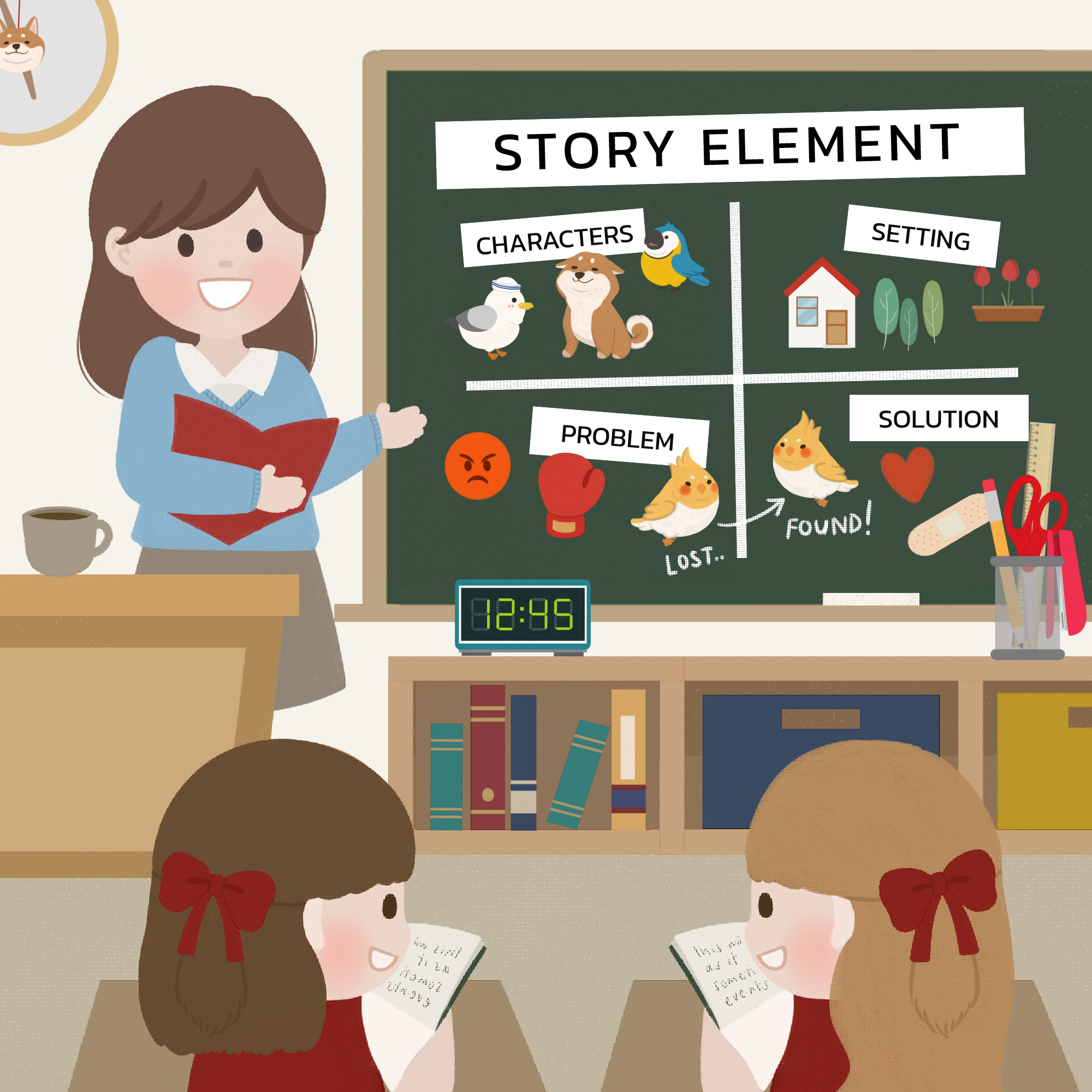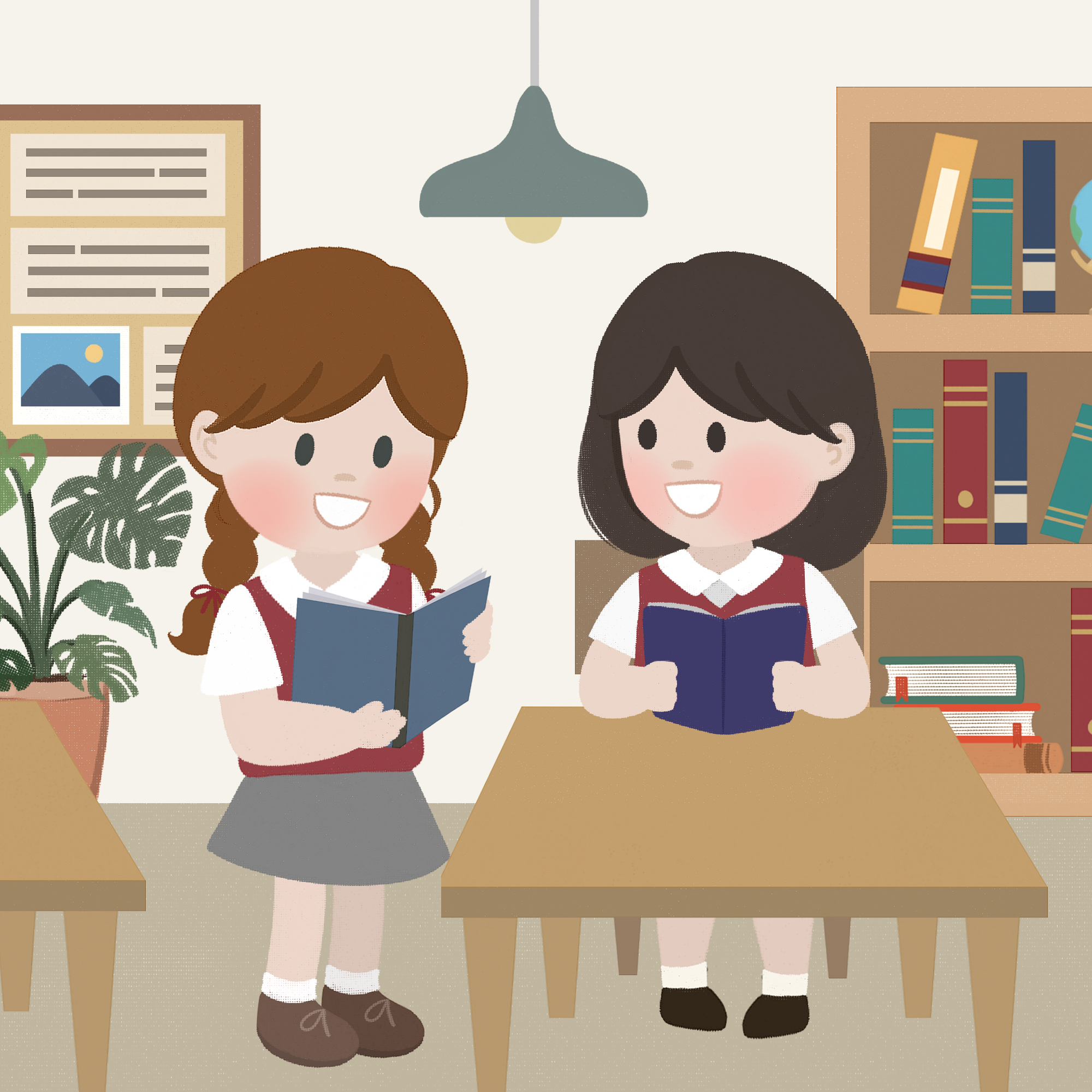richardjamesrogers.com is the official blog of Richard James Rogers: high school Science teacher and the award-winning author of The Quick Guide to Classroom Management: 45 Secrets That All High School Teachers Need to Know. This blog post is illustrated by Pop Sutthiya Lertyongphati.
We all understand the importance of developing ourselves professionally – whether that be by improving a particular set of teaching skills or by learning new ones. Sometimes, however, it’s important to go right back to the core fundamentals by considering why we do what we do in the first place. This week, I’ve invited Kat Sarmiento (content writer at Katreena’s Content Studio) to share her thoughts on why education is important in the first place.
Why is education important? To many of us, we learn the value of education from what the adults say. As children, not everyone understands why do we study, go to school, spend our free time with homework and learn. As we grow older, it becomes more and more necessary to receive the right level of education.
Learning is among the best habits of successful people. It creates future leaders, builds a polite society, and moves forward the future of humanity. If you or someone you know is questioning why they need to study, show this to them. Here are 6 reasons why education is important not only to you but for everyone.
#1: Education Teaches Independence
Education is not about learning random facts that you can’t use in real life. Whether you’re slaking your thirst for knowledge or you’re doing it for something more practical, education makes you independent. Early education molds you as a crucial, functioning member of society, no matter your age.
For younger children, education is there to teach them the basic skills necessary to survive society. For adolescents, proper education arms them with tools that can help them take advantage of opportunities. Higher learning like uni and post-grad demystifies the world further.

All these teach independence – from how the mechanics of how the body works to knowing what to do in a job. Independence is a matter of learning how to succeed after failure, how to protect yourself from opportunists, and how to deal with life in general. Life can be hard but education equips you with the right ways to make the most out of it.
#2: Education Provides More Employment Opportunities
With 7 billion people on Earth and around 330 million in the United States, finding a job is not easy. If you want a job that pays above the minimum wage, you usually need to have at least higher learning, if not more. Even at entry-level, you need to compete with hundreds of applicants vying for the same position.
Learning higher education, with the right teaching techniques, can give you the edge you need. You can differentiate yourself and fulfill a job demand within society. The world can never have too many data scientists, engineers, scientists, and more.
As you go and specialize even further, you expand your job opportunities and find more specific job opportunities. Depending on what you do, not only can you improve your chances of getting hired, you also stand out even further. Educate yourself, graduate, improve your skills, and get more qualifications to get ahead of the competition.
#3: Education Helps Us Connect
In many situations, those who don’t educate themselves are the ones who don’t understand other people. Education helps breed culture, and the lack of the former can result in an apparent lack of the latter. Education helps you understand people better, especially those who are different than you.
Education teaches you more about geography, history, and social sciences, which are crucial to know how to deal with multiple walks of life. Prejudices and discrimination according to race, gender orientation, physical ability, and more come from the lack of knowledge over many things that you learn at school.
The more we understand about the world and the people who are different than use, the better we can put ourselves in their shoes. It allows us to appreciate the good things about other cultures and help curb negative stereotypes that divide us as humans. We also learn more about our surroundings.

Education helps us empathize. It gives us a better understanding of the world and become better citizens of this world. It familiarizes things we don’t know and takes away potential prejudices we have towards them.
#4: Education Alleviates Poverty
Poverty is one of the most crippling social statuses in the world. It is painful for those stuck in it, as the lack of resources means a lack of nutrition and other essential needs too. To many, education is a luxury taken for granted but for many around the world, it is their ticket out of poverty.
As we said, proper education teaches you crucial life skills in a society that needs them. At the very least, reading, writing, and arithmetic teaches children to know how to deal with people. Each additional year of education can offer better education, better-paying jobs, and more ways to feed their families.
As we educate people, we also teach the future generation to be more discerning about their would-be leaders. People learn critical thinking skills necessary to help them make better decisions. This education, paired with the will to progress, can help people find better-paying jobs that can alleviate poverty.
#5: Education Breeds Confidence
One of the keys to getting further in life is being confident in everything that you do. Knowing your skills, what you bring to the table, what you can do, and what you can further learn can help you gain the confidence to succeed. Whether you have an art degree or a business background, education makes you confident with what you know.
To succeed, you need the confidence to look your uncertainties straight in the eye. It helps you overcome your fears, self-doubt, and crippling anxiety. Confidence also gives you the drive to start projects, show off their new ideas, and think outside the box.
Education can help breed confidence. As you learn more, the better you can express your thoughts and unveil your intellect. You can say yes to opportunities you believe you deserve and no to things that you don’t. Education breeds confidence, and the more you know, the fewer people can take advantage of you.
#6: Education Brings Equity
Education is one of the ultimate equalizers of the world. If you’re looking to simply be educated, it makes all opportunities more open to you, giving you a fair chance. If you’re looking to educate, you give other people a better chance to make the most out of their talents.

A world of knowledge is a world of equity. Everyone learns at different speeds – at various rates. Every person has a different starting point. Education can help get you and everyone else to the same finish line – success.
The Bottom Line
Whether it’s for yourself, your family, or other people, education is one of the most powerful weapons you can wield. The world is yours to take and you can uplift yourself and the people around you with the right education. You don’t have to be the next billionaire to see how valuable education can be.
Are you ready to learn? Educate yourself. Knowledge is the best foundation you can use to succeed in life. Even without selfless reasons, proper education can help all of us live in a better, more polite society.

Kat Sarmiento
Kat is a Molecular Biology Scientist turned Growth Marketing Scientist. During her free time, she loves to write articles that will bring delight, empower women, and spark the business mind. She loves to bake but unfortunately, baking doesn’t love her back. She has many things in her arsenal and writing is one of her passion projects.


























































